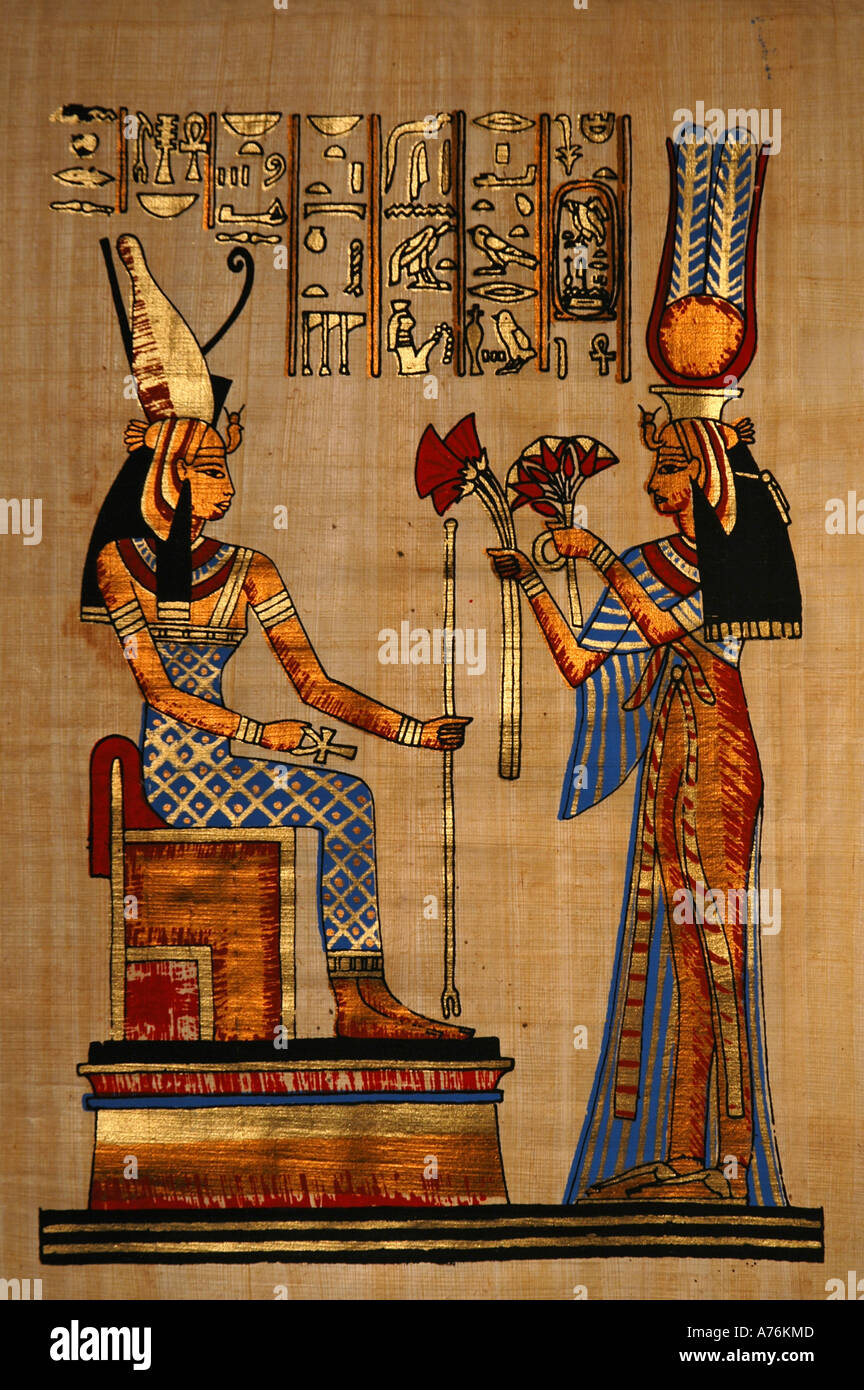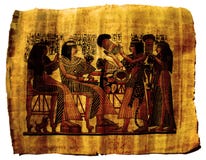

Some of these papyri provide information regarding brick making of the Hebrew slaves. Brickmaking was a labor specialization normative for slaves in ancient Egypt. We know from Papyrus Anastasi III (3.1–2) (shown) that the Egyptians set quotas for brickmakers: Likewise, people are making bricks … they are making their quota of bricks daily. For example, Papyrus Anastasi Ⅱ, Ⅲ, Ⅴ etc. The British Museum acquired from Anastasi, a collection of antiquities and among them many Egyptian papyri which were assigned by his name. He sold large collections of antiquities to many national museums.

He established himself as a wealthy merchant and antiquarian. Giovanni Anastasi (1765–1860) was born to an Armenian family from Damascus. Each type of construction was considered specialised labour: in other words, people who did one did not do the other. Palaces on the other hand, were built for comfort out of mudbrick, which was cool in the day and warm at night. Temples were generally built with stone and they were meant to last throughout the ages. Is there any archaeological confirmation of these verses?īuildings in ancient Egypt were constructed from either stone or mudbrick. They constructed store houses at Pithom and Rameses.
#PAPYRUS DRAWING EGYPT DRIVERS#
Slave Drivers and Overseers were in charge of the people.



 0 kommentar(er)
0 kommentar(er)
